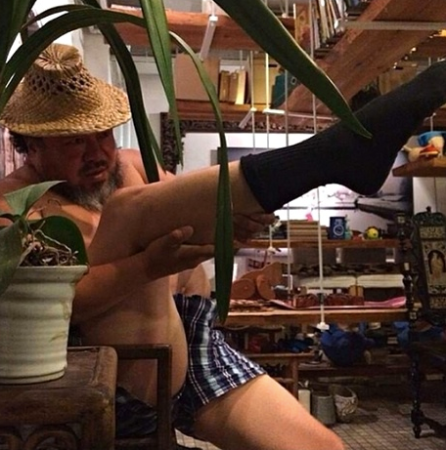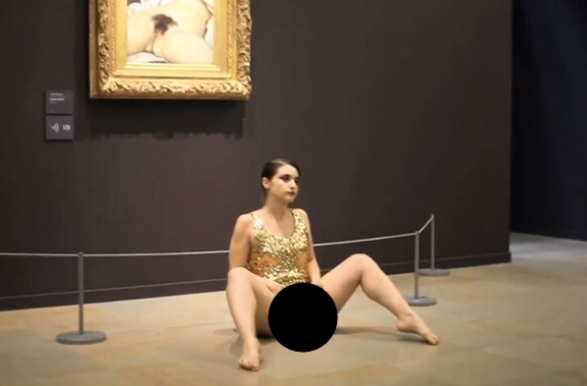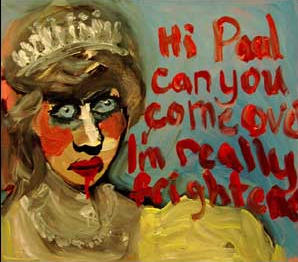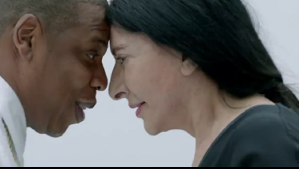Since Wednesday afternoon, I along with some 64,000 others, have been entertained by a constant upload of pretty entertaining selfies via Ai Weiwei’s instagram feed. Given Weiwei’s track record with social networking sites, it is of no surprise to see the artist yet again succumbing to this ‘selfie’ craze. But it becomes clear that the artist has entirely different purposes with this project. The one thing all these images share is their subjects, who all raise their leg into a pose that resembles a loaded gun. What began as the artist uploading a selfie of himself with his legs raised in such a position, gave rise to a number of his followers playing homage to the same pose via his instagram feed. Weiwei then proceeded to upload these images to his own instagram account, highlighting the power of social networking sites to unite audiences in the name of art.
While it seems bewildering and somewhat disappointing to denote such importance to social media, a debate of this is not really the point of all this. What Weiwei aims to show with these ‘legs like gun selfies’ constitutes a more outright attack on the political situation in China. He is quite blatantly and quite openly satirising the oppressive nature of the cultural control to which China bases its politics. This was also implied by the Chinese blog, Beijing Cream (http://beijingcream.com/), who first highlighted the connection between the leg pose in Weiwei’s selfie and the one in the infamous Chinese ballet, The Red Detachment of Women. The ballet was one of the eight model operas that monopolised the 1960s Chinese national landscape during the cultural revolution; a state-sanctioned depiction of one woman’s rise through the Communist party.
Regardless of the speculations to the origins of this pose, Weiwei’s satirical images coming just after the 25th anniversary of these protests in Tiananmen Square is no such coincidence. The artist, pertaining to the metaphor of the raised gun, explicitly pokes his own finger at the regime. The very same regime which uses guns to gain control. It is with no surprise that the message accompanying most of these photos is ‘#endguncrime’. Sanctioning such gun crime is deplored by many and so his protest (disguised as selfie) reaches out and speaks for, the population of China, but clearly goes far beyond that.
Of course I had to have a go myself, sending the snap straight to Sir Weiwei himself (@aiww)
Whilst the underlying message of the campaign is incredibly serious, we can’t deny the allusion to humour. Several of Weiwei’s followers make reference to a new dance move suggested by the posed leg in photo, ‘is this the new twerking?’, one of Weiwei’s 65,000 asks. Like with anything, be it in art or in politics, it is clear that humour still has the capacity to move people and to further a cause. Art and humour help us face the one true certainty of life together, and through these ‘selfies’ and their somewhat ironic undertones, the public will be better informed about the crusade in China.
‘To tell a good joke in art we need to face reality head on’. Joke and humour means that we are better prepared and more aware of what is going on in life. It means we are more likely capable of dealing with an issue, because humour quite often allows us to enter the furthest reaches of the imagination and to explore the fantasy and the absurd. Who says art can’t be funny and that art can’t proclaim change? Weiwei has a clear political message with this otherwise humorous project. While it shouldn’t, we can’t deny that a selfie has grabbed our attention of an issue we may have otherwise been unaware, or even worse, ignored.
Take a look at some other selfies uploaded onto Weiwei’s instagram account:














































